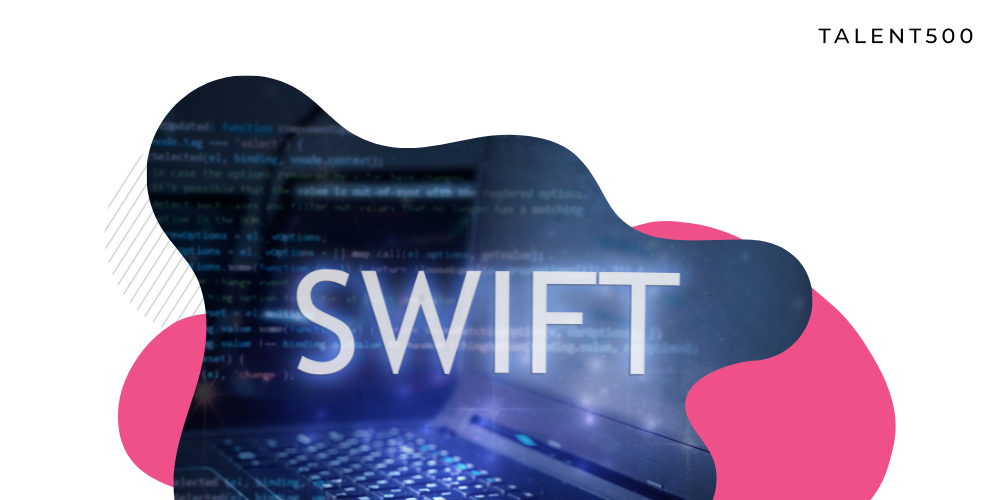While doing programming in any language, we need different types of variables to store the information, and data types specify the type of data that can be stored inside a variable.
So, based on the type of data of a variable, the operating system actually allocates the memory and decides what can be stored in reserved memory or not.
Swift offers a collection of built-in data types. Each and everything is associated with data type.
In general terms, a data type is the type of data a variable or constant can store in it. These are the data types that we found in other programming languages as well.
Swift also offers a variety of other data types such as Array, Set, etc. (a.k.a Collection Types). Let’s discuss the basic data types in detail.
1. Bool:
It can store only two values i.e. either True or False.
Default value : false
import Foundation
var n = 10
var flag = false
if(n == 20) {
flag = true
}
print(flag)
Output : true
2. Character:
It is a single character string literal.
import Foundation
var str = “H”
print(str)
Output : H
3. String:
It is the ordered collection of characters. They are used to display text in an app. It is wrapped in double quotes and also known as String Literal.
Default value : ” ” (Empty string)
import Foundation
var str = “Hello”
print(“\(str)”)
Output : Hello
4. Int or UInt:
It can store Whole numbers both positive and negative including 0, No fractional part allowed.
Default value : 0
Int can store both positive and negative small numbers.
UInt can store only unsigned numbers i.e. positive or 0.
import Foundation
var number = 10
print(number)
Output : 10
5. Float:
It can store numbers with fractional components, representing 32 bit floating point number.
Default value : 0.0
import Foundation
var number = 20.46474
print(number)
Output : 20.46474
6. Double:
It can store numbers with fractional components as Float but with larger floating point values, representing 64 bit floating point number.
Default value : 0.0
import Foundation
var n = 100.2323737321212121
print(n)
Output : 100.2323737321212121
Range of datatype variables:
| TYPE | BIT WIDTH | RANGE |
| Int8 | 1 Byte | -127 to 127 |
| UInt8 | 1 Byte | 0 to 255 |
| Int32 | 4 Bytes | -2147483648 to 2147483647 |
| UInt32 | 4 Bytes | 0 to 4294967295 |
| Int64 | 8 Bytes | -9223372036854775808 to 9223372036854775807 |
| UInt64 | 8 Bytes | 0 to 18446744073709551615 |
| Float | 4 Bytes | 1.2E-38 to 3.4E+38 (~6 digits) |
| Double | 8 Bytes | 2.3E-308 to 1.7E+308 (~15 digits) |
So, these are the built-in and most known data types. Apart from using these data types, we have Tuples, Optionals, etc. We’ll discuss those in detail in the next few articles.
We hope you got the idea of the different data types in Swift. If you are looking for challenging opportunities at some of the fastest-growing global companies, join Talent500.






Add comment